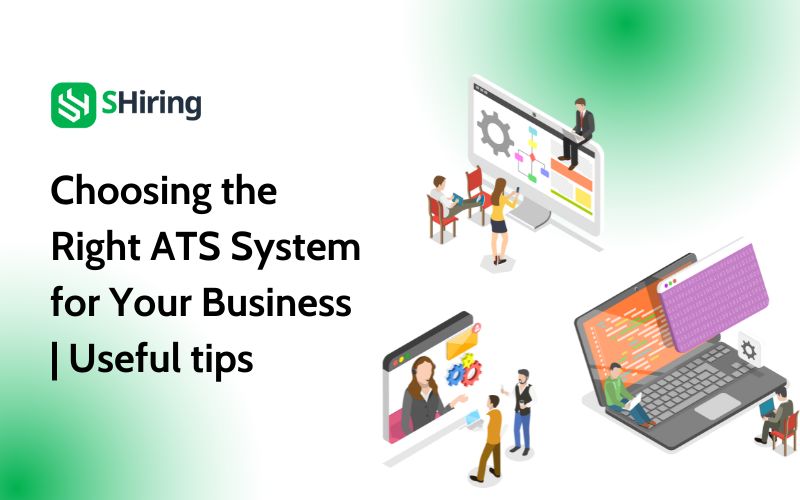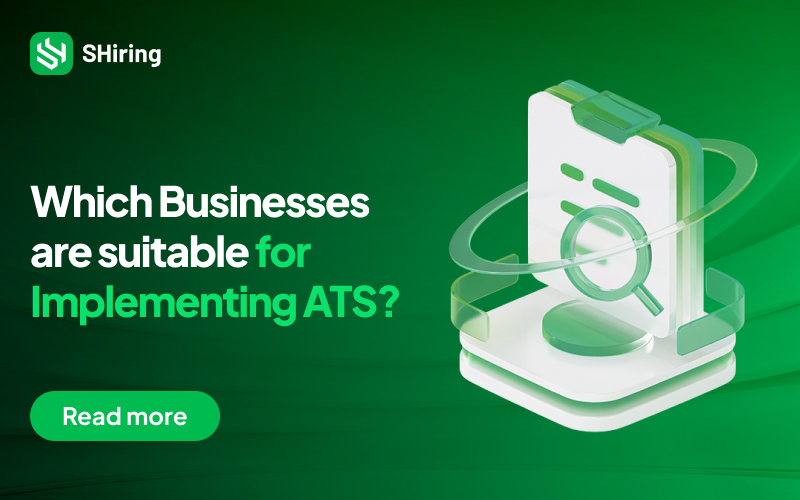In today’s competitive job market, recruiters are inundated with a deluge of resumes for each open position. Amid this sea of candidates, manually sorting through resumes to find the right fit can be an arduous and time-consuming task. Enter resume parsing – a game-changing technology that automates the extraction of crucial information from resumes, revolutionizing the hiring process.
What is Resume Parsing?
Resume parsing is an automated process that extracts relevant details from resumes and curricula vitae using specialized software applications. It converts the unstructured data contained in resume documents into structured data that can be stored in databases for easy search, analysis and retrieval.
Resume parsers are software programs specifically designed to scan resume files, analyze the content, and extract important information that recruiters and hiring managers need, such as:
- Skills and competencies
- Work experience details
- Contact information
- Educational qualifications
- Professional certifications
- Achievements and accomplishments
- Areas of expertise
Most companies utilize applicant tracking systems (ATS) for hiring, and resume parsing capabilities are commonly included as a core feature in these systems. The parsed resume data extracted by the ATS can then be systematically stored, searched, filtered and reviewed to identify qualified candidates during recruitment.
Read more: SHiring – Efficient recruitment solution integrating AI and ATS

Types of Resume parser
When choosing resume parsing software for hiring purposes, it’s important to evaluate the different costs, brands, and main functionalities available. There are three primary types of resume parsing software on the market:
Keyword-Based Parsers
This approach leverages machine learning and statistical models to identify and extract relevant information from resumes. It analyzes patterns and relationships in the text data to enhance accuracy, allowing recruiters to make informed hiring decisions based on reliable, objective resume information.
Grammar-Based Parsers
This type of software enables recruiters to define specific keywords related to desired skills, certifications, or industry terms. It then scans resumes, identifies instances of those predefined keywords, and extracts the associated details. This provides a targeted way for recruiters to quickly find relevant candidate information matching job requirements.
Statistical Parsers:
Rather than just matching keywords, this software analyzes the grammatical structure and syntax of sentences to extract meaningful information about candidates’ backgrounds and experiences. It captures nuanced data beyond simple keyword matching by applying language rules to understand the textual information.
AI-Based Parsers
Although AI technology might appear novel to some, it has been in existence for quite some time. As artificial intelligence has progressed, the capabilities of many AI-based parsers have also advanced. These parsers now utilize machine learning, allowing them to enhance their performance as they process more data. This kind of resume parsing technology achieves an exceptionally high level of accuracy compared to other resume parsing methods available on the market.
How Does Resume Parsing Work?

Submitting Resumes
The process of resume parsing commences with the uploading of resumes into the system. This can be initiated either by applicants themselves, typically when applying for positions through online platforms.
Upon submission, resumes are subjected to initial preprocessing steps within the system. This preprocessing ensures that regardless of the original format – be it PDF, Word documents, plain text, or even scanned images – the text can be efficiently extracted and analyzed.
Extracting Data
Once resumes are uploaded and preprocessing is completed, the system begins the crucial task of extracting relevant information. This involves the identification and extraction of key details from the document, such as personal information, professional experience, educational background, skills, and any additional sections like awards or publications.
The system scans the resume, employing techniques for scanned images or PDFs to convert the text into a machine-readable format. Subsequently, it categorizes the extracted text into different sections based on the nature of the information.
Organizing Information
Following the extraction of information, the system organizes the parsed data into a structured format, facilitating easy access and retrieval. This involves formatting the information into standardized fields within a database or Applicant Tracking System (ATS).
The parsed data undergoes normalization to ensure consistency across various entries. For instance, job titles may be standardized, dates reformatted, and abbreviations expanded for clarity and uniformity.
Once normalized, the structured data is stored within the system, making it easily searchable and sortable. This enhances the efficiency of recruiters who can quickly identify candidates meeting specific criteria and streamlines the recruitment process.
Benefits and Challenges of Resume Parsing
In the recruitment process, handling applicant resumes is a crucial yet time-consuming and labor-intensive task. Automated resume parsing technology has emerged to address this challenge, offering significant benefits in enhancing efficiency and optimizing the hiring process. However, the implementation of this technology also comes with several challenges that need to be addressed. Below are some of the key benefits and challenges associated with resume parsing.
Benefits of Resume Parsing
- Efficiency: Automates the time-consuming task of manually reviewing resumes.
- Consistency: Ensures uniform extraction and structuring of data.
- Speed: Accelerates the hiring process by quickly identifying qualified candidates.
- Scalability: Efficiently processes high volumes of resumes.
- Data Management: Facilitates better organization and management of candidate information.

Challenges in Resume Parsing
- Format Variations: Resumes come in various formats (PDF, Word, etc.), which can affect parsing accuracy.
- Language and Terminology: Variations in language, jargon, and terminology across industries and regions.
- Complex Layouts: Resumes with complex designs, tables, or graphics can be challenging to parse.
- Data Quality: Inaccurate or incomplete information in resumes can affect the parsing results.
The resume parsing feature in ATS
Resume Parsing Software
The ATS software itself typically includes built-in resume parsing functionality, developed directly within their system. This means that recruiters can directly upload resumes into the ATS, enabling it to automatically extract and store candidate information. This approach streamlines the recruitment process, eliminating manual data entry and ensuring all candidate details are centralized and easily accessible within the ATS platform.
Extract CVs Quickly and Efficiently with SHiring
SHiring is a high-performance recruitment management solution that helps recruiters minimize costs and maximize benefits in talent acquisition and workforce development.
With intelligent AI-powered resume extraction technology and an Applicant Tracking System (ATS), SHiring can extract all candidate information and automatically input it into the system’s database.
While other software on the market can only recognize basic information, SHiring can:
- Automatically extract data from multiple CVs simultaneously.
- Guarantee the utmost accuracy of data.
- Extract data quickly, in just a few minutes.
- Support various CV formats such as PDF, DOC, DOCX, and more.
For recruitment departments, SHiring’s CV extraction technology significantly reduces the time and manpower required to process hundreds or thousands of candidate resumes.

Conclusion
In an era defined by digital innovation, resume parsing emerges as a beacon of efficiency in the recruitment landscape. By harnessing the power of technology, organizations can navigate the complexities of talent acquisition with precision and agility, ultimately driving towards unparalleled success in building robust, high-performing teams.




































